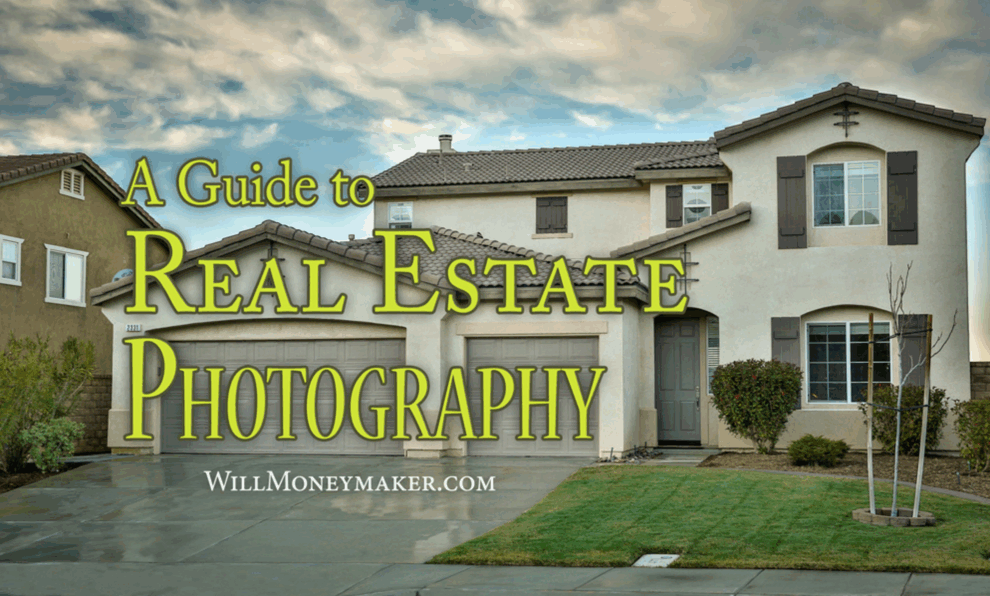Real estate photography is one of those things that every photographer will do at some point. If you know of a real estate agency that needs excellent photos, then this is a great way to make some extra money and round out your portfolio. But even if you don’t plan to make a career out of real estate photography, then doubtless, you’ll run into a situation where you or someone you know is selling a house. Naturally, you’ll want to do the photos yourself because you want to make sure that your home (or your friend’s home) stands out among all the other listings.
It’s not terribly difficult to make excellent real estate images, but there are a lot of considerations. With the help of this guide, you can make a collection of images that will certainly sell a home.
Staging a Home
De-Clutter the Home
When it comes to real estate photography, a squeaky-clean home isn’t quite enough. You should also ask the homeowners to declutter as much as possible. This might seem like an odd request, but even a relatively uncluttered home can still make for messy photographs. Think about it this way: When you’re standing in the room, you have a perfect 180-degree view of that room, but a photograph is hemmed in by its borders, which can make even the most open spaces feel a bit cramped.
To that end, remove some decor items to give the photographs a more spacious feeling. In the dining room, for instance, skip the table runner, candlesticks, and massive centerpiece, and instead opt for a simple centerpiece. Small wall shelves should feature simpler ornamentation rather than rows of decorations. Simpler decorations lead to images with a cleaner, roomier feeling.
As you’re de-cluttering, don’t forget about the furniture! When you look at an image of a room, you should always be able to see some open space where people would be able to walk around. If the room feels like it would be difficult to navigate without tripping over furniture, it might be time to remove some of the furniture.
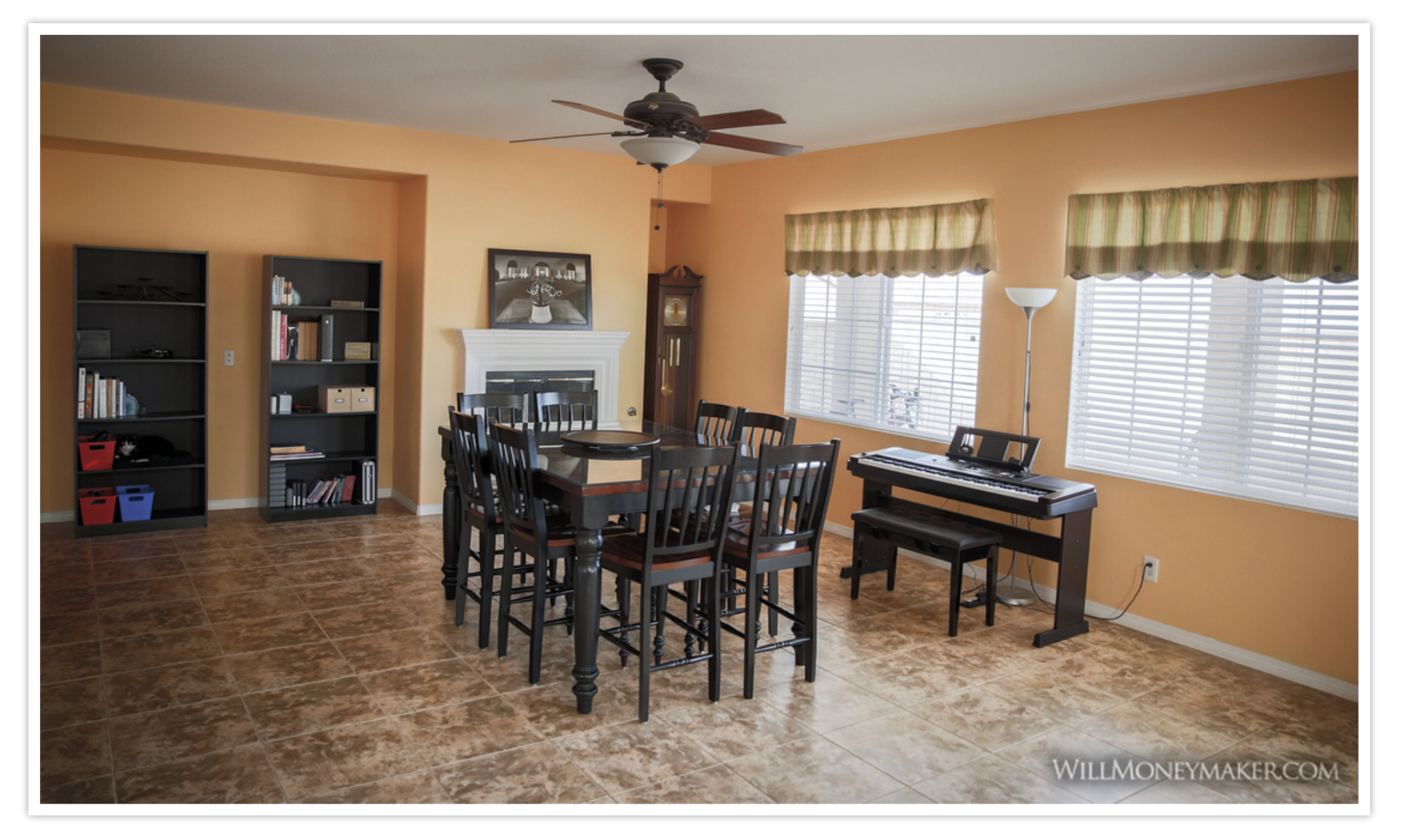 Make the Home Less About You
Make the Home Less About You
This is one piece of advice that you don’t hear very often, but it is very true. Home buyers don’t want to feel like they’re looking at a stranger’s home. They want to be able to imagine the home as their own. Things like family photos, awards, and other personalized memorabilia can actually detract from a home because these things make it difficult for buyers to imagine themselves in that home. Ask the homeowner to remove these things as they declutter, and if they can’t or won’t, then do your best to make sure these items don’t sneak into your images.
The Finishing Touches
There are a few little things that you can do to spice up the home before you start taking photos. Outside, try wetting the driveway and maybe even the lawn. A wet driveway makes beautiful reflections, while wet grass has an irresistible sparkling, fresh quality.
Inside, a fresh coat of polish on floors and furniture can’t hurt. Aside from capturing beautiful reflections, the shine makes the room seem fresher and brighter.
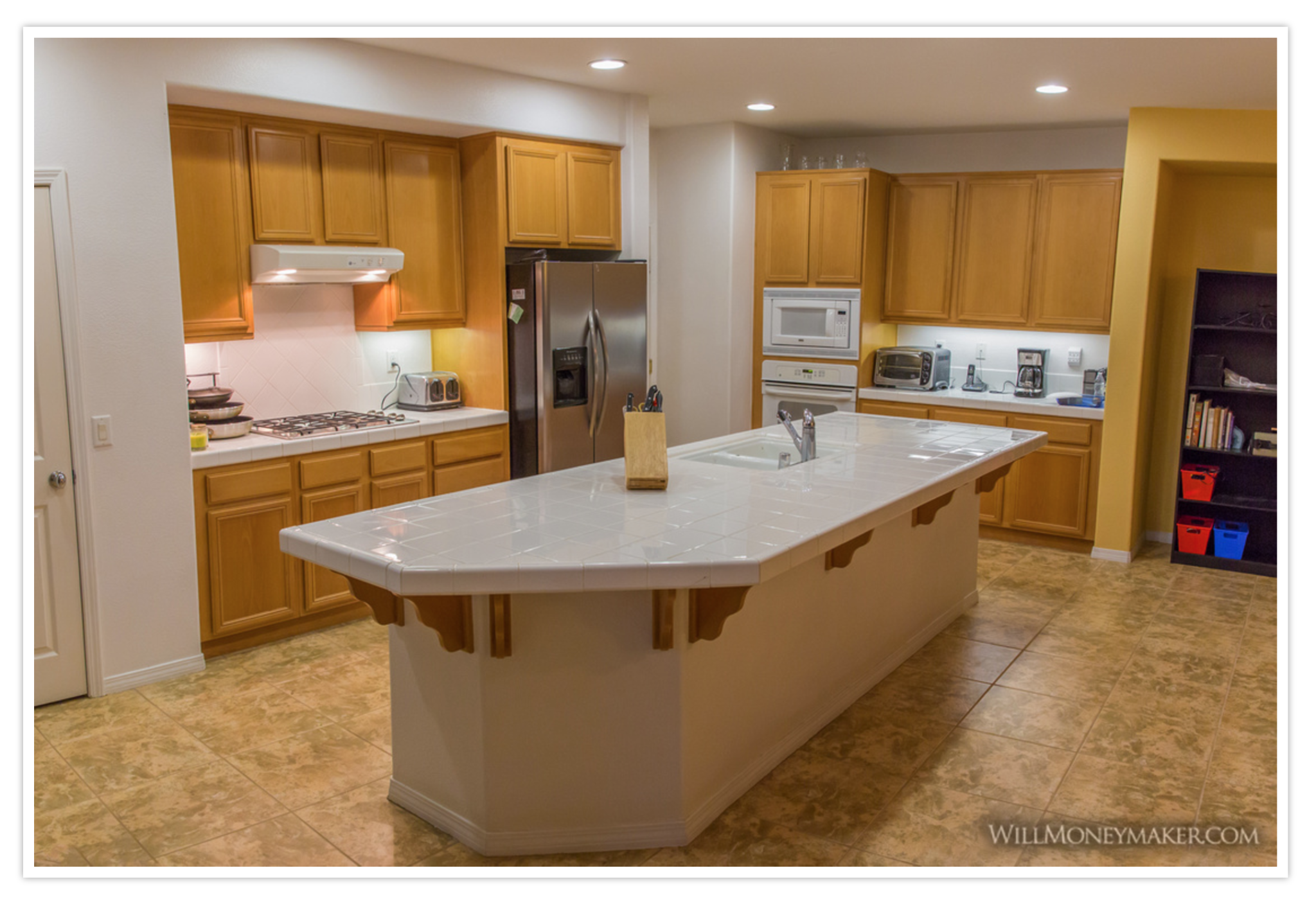 Essential Equipment and Techniques
Essential Equipment and Techniques
Bring the Right Lenses
Real estate photography revolves around the wide-angle shot. For just about every application, a long lens simply won’t work. For the most part, the goal is to show as much of a room as you possibly can in one image so that viewers can get a sense of space as they look over the home’s gallery. Make sure to bring along a selection of short lenses — at least 24 millimeters, and shorter is even better if possible.
How to Handle Lighting
Indoor lighting is arguably one of the trickiest aspects of real estate photography. Nine chances out of 10, when you’re looking at a badly done gallery of a home (quite often taken in a rush with the realtor’s phone), lighting is the biggest problem. If you’ve already visited the home and done some scouting, then it’s likely that you already know what you need to bring along to deal with the lighting. If not, then here are some things that will help:
- Use a camera that can easily handle high ISOs without adding noise to the image. Most modern cameras are up to the job, and by shooting at a high ISO, you can save yourself a lot of lighting and post-processing hassles.
- If shadows are particularly harsh — say, in a room illuminated by one very bright window — then you may need to use off-camera lighting to highlight all of the dark areas. Be prepared with light stands, diffusers, Real Estate Photography and external flashes just in case you need some extra light.
- Bring along a pack of white fluorescent light bulbs. This helps in a couple of ways. Incandescent lighting is becoming rare, but it is the worst kind of lighting to shoot in because of the overly warm color temperature. You can replace those lights with the fluorescents you brought along. Other times, you’ll find rooms with bulbs of varying colors — white, blue, yellow and so on. If you have your own bulbs, you can make sure that rooms are illuminated with uniform color temperatures.
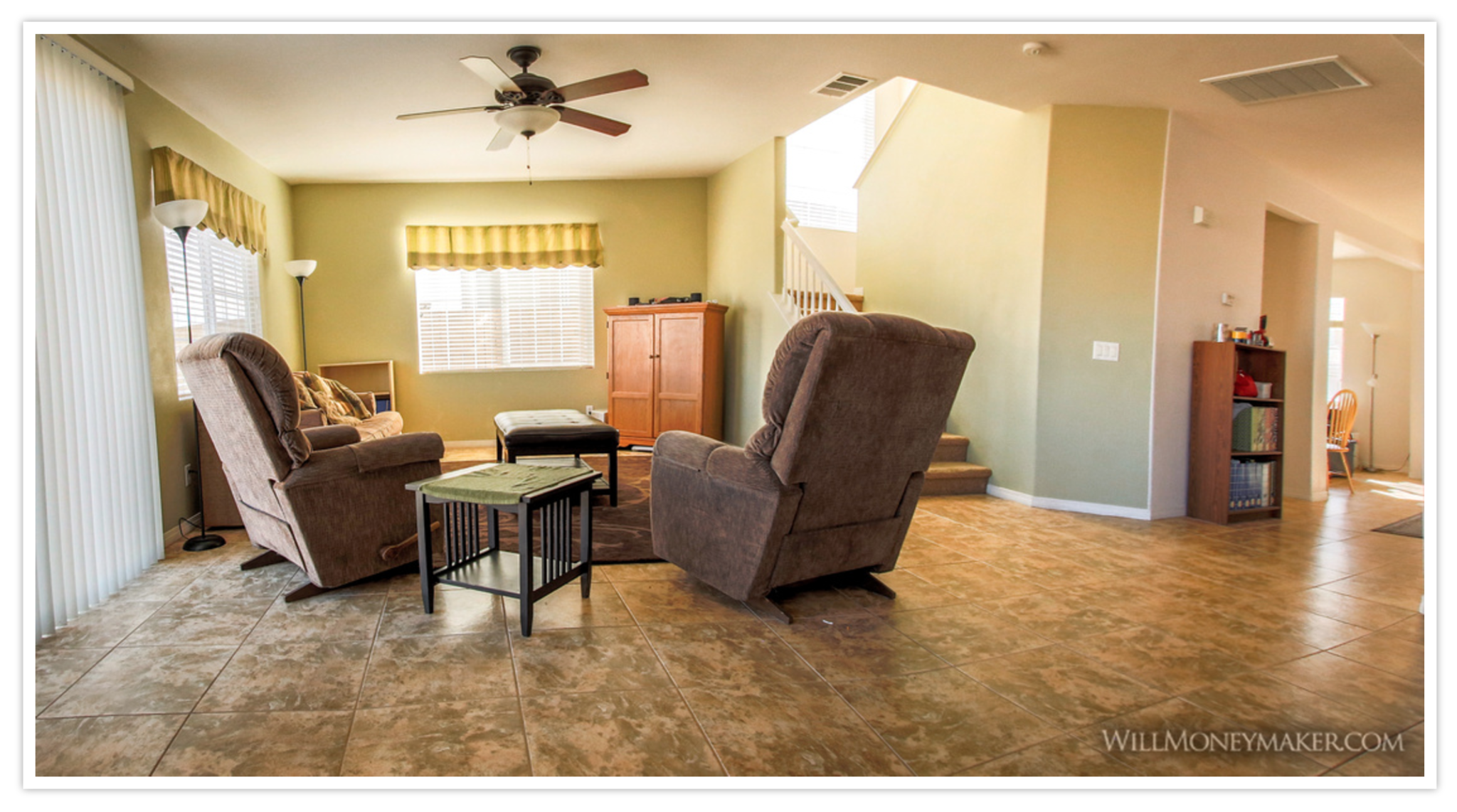 Taking Exterior Images
Taking Exterior Images
Since online real estate galleries lead with exterior images, they’ll be the first thing that buyers see. Knowing this, you should put some effort into making these images outstanding.
To start, the sky and foreground absolutely must be balanced. Blown out skies or shadowy homes aren’t attractive to buyers. Here are some ways to make sure you’ll get balanced images:
- Use a graduated neutral density filter to even the exposure.
- Use a tripod to take several exposures that you can later merge into an HDR image.
- Take the primary exterior images when the sun is to the front of the home so that the home isn’t in shadow and the sky isn’t too bright.
If you have the luxury of shooting at sunset, make sure to get an exterior image with all the lights in the house on. The warm lights sparkling through the windows out onto a slightly darkened landscape makes the home look that much more inviting.
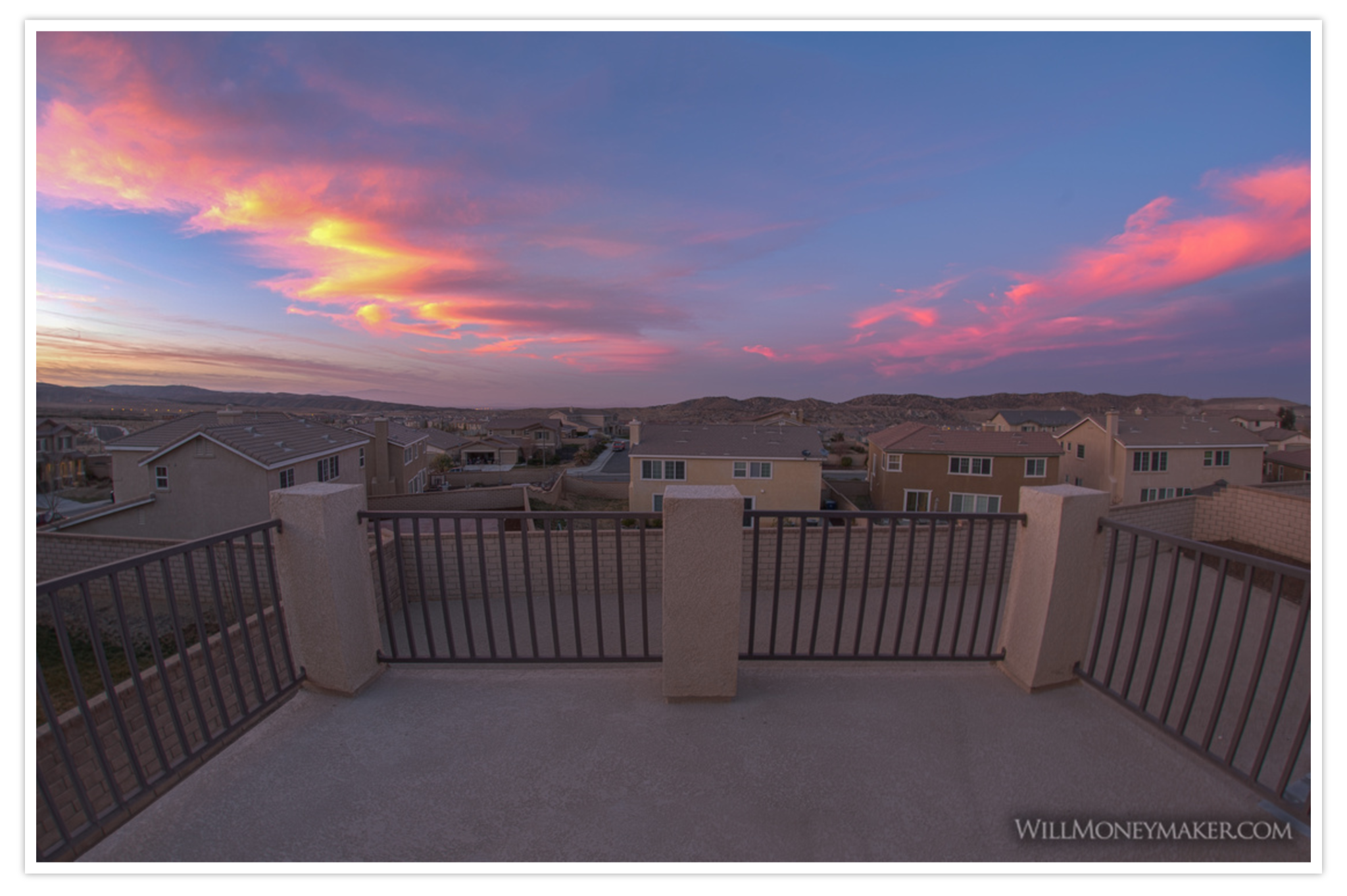 Compositional Tips and Tricks
Compositional Tips and Tricks
Real estate photography has its own set of compositional rules. Outside, for instance, you’ll likely find yourself centering the home in the frame rather than trying to abide by the Rule of Thirds. This does several things: It allows you to zoom in on the house so that exterior details are more evident. It also helps you isolate the home from the rest of the neighborhood, which is important because if a neighbor’s home sneaks into the frame, it is not only distracting, but it also makes the neighborhood feel more crowded than it actually is.
On the inside of the home, you want to do whatever you can to make rooms seem larger. Avoid diverging lines by making sure that the camera is perfectly straight and square with the room. You might end up with angled horizontal lines along the floors and ceilings, but perfectly vertical lines in the corners and doorways are an absolute must.
You should also take care to make sure that furniture isn’t chopped off around the edges of the frame. If, for instance, you’re standing in a living room with an armchair directly in front of you, you’ll find it far better to move the armchair out of the way rather than including half of it in the frame. The reasoning behind this is subconscious — when you look at an image with cropped furniture, you unconsciously assume that the photographer didn’t have room to back away. This, in turn, leads to the assumption that the room is small and cramped.
A Note on Post Processing
Every photographer has their own post-processing methods, so I won’t make recommendations here as to how you should correct colors and exposure. However, I will say that as you’re processing images, strive for complete accuracy wherever you can. As photographers, the temptation is there to fiddle with hues, make high-contrast images or do something else in order to create a piece of art that pleases us.
While you might be happy with the end results, potential buyers won’t be. Buyers will spend lots of time examining your images, trying put all of the pieces together before they get a chance to see the home in person. Many buyers will practically memorize your images in the days leading up to the showing.
Here’s where the problem lies: Maybe it’s the leafy green siding that first made them fall in love and schedule a showing with their realtor. When the day of the showing finally arrives and the buyers get to see the home in person, they’ll be disappointed to find out that the bright greenhouse is actually a much duller shade of green, but in the images, you increased the saturation or altered the hue to make the image fit with your own tastes. That inaccuracy will color the buyers’ perceptions of the rest of the home. Instead of looking at the home’s positive aspects, they can’t help but search for further reasons to be disappointed.
Whether you’re selling your own home or fielding requests from sellers and agents, you’ll likely find yourself photographing a home at some point. Put this guide to work for you and sell that home in no time!

